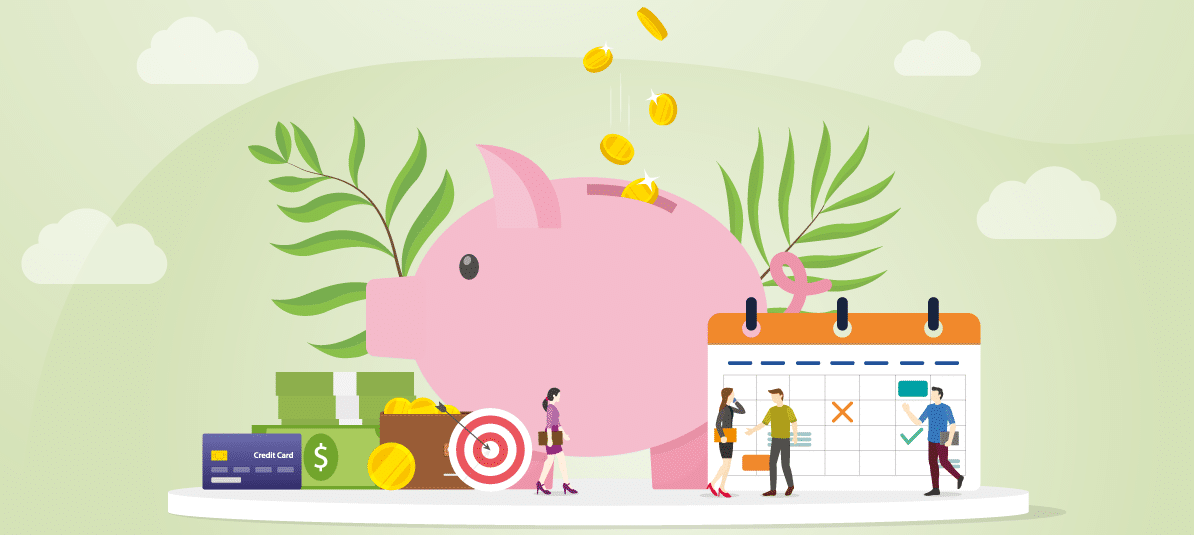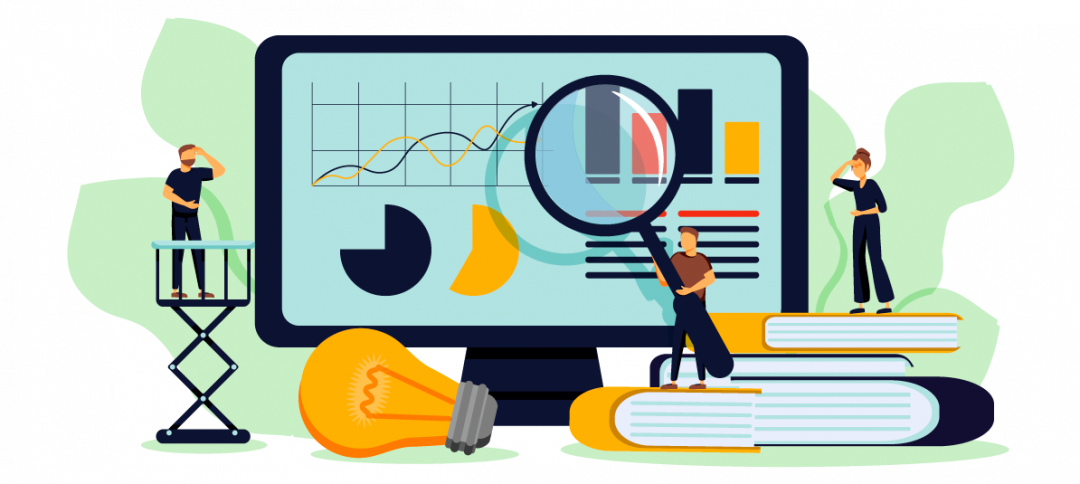The beginning of a new year is the ideal time to plan your expenses for the next twelve months, deciding how and when to spend what you earn. And also to plan how much you are going to save. It’s almost certainly not the first time you’ve considered it, but perhaps you’ve never succeeded. To help you become a good saver, we answer some of the questions you are surely asking yourself.
Am I an ant or a grasshopper?
Not everyone has a thrifty profile. You may be one of those people who spend every last euro, or you may be an industrious little ant. Before you start your savings plan for the new year, it is important that you know what your profile is. With the decalogue of the good forecaster, we can help you to think ahead and save.
Where to begin?
You’re not the first person to consider starting to set aside some money with a view to the future. Therefore, there are already proven methods that will make it easier for you to achieve your purpose. Choose the most suitable one for you.
- The ‘six piggy banks’ method. Divide your money so that 55% goes to an account for current expenses such as food, house, health and transport; 10% to an entertainment account; another 10% to an investment account; another 10% to an education account; and 10% for larger purchases such as a vehicle or home renovations. The remaining 5% is to help others.
- The 52 week rule. This technique consists of saving 52 weeks of the year. The first week you save 1 euro, the second 2 euros, the tenth 10 euros, until the last week of the year you save 52 euros. With this method you will reach savings of 1,378 euros by the end of the year.
- The envelope method. If you have less discipline, this method may help. It’s about putting the money you want to spend on leisure into an envelope at the beginning of each month. This money is used until it is spent. And once it has been spent, going out to dinner or to the theater has to wait until the following month. Staying home and reading books or watching movies is also a very attractive plan.
Deficit or surplus?
Once you’ve chosen how you’re going to save, it’s important that you analyze your financial situation. Do you spend more than you earn? Do you know how much you spend each month?
To get a snapshot of your true situation, you can create a spreadsheet with all the information or leave it in the hands of existing tools and technological solutions. Almost certainly your bank has an application to help you keep track of your income and expenses, although you mustn’t forget to add the money you withdraw in the cash from ATMs or bank branches.
What if I’m going to buy a house?
If you need to buy a home or a vehicle, take that into account when organizing your savings plan. These are major expenses that will determine the family economy. Keep your goals in mind and set priorities. The important thing is that these goals are quantifiable and concrete.
Every little gesture adds up
The most important thing is to change your way of consuming. Change the chip and forget about unnecessary expenses. Make a monthly budget in which you decide how much money you are going to spend on leisure or impulse buys. Take your savings into account when shopping – don’t forget to compare prices and beware of impulse buying! At home, use LED lights and control your electricity and gas costs; you don’t have to be cold to save, just consume more responsibly. Our planet and your economy will appreciate it.









